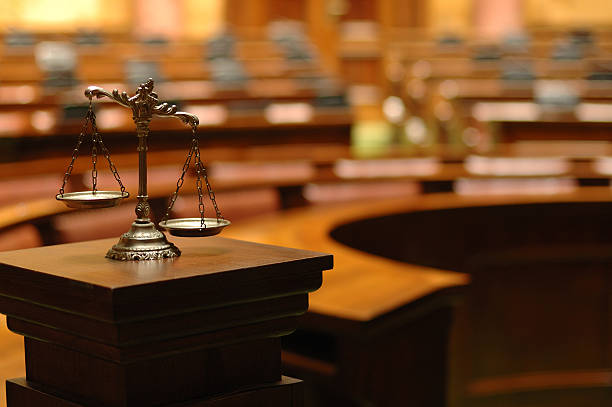Teaching the Art of Community Lawyering

Sarah Shalf is a Professor of Law in the University of Virginia School of Law and directs the Community Solutions Clinic which helps UVA Law students learn skills to work with and within community groups.
In his seminal 1992 book, Rebellious Lawyering, law professor Gerald Lopez described the activist attorneys who came to his East L.A. neighborhood in the 1960s: “Shaggy hair, hip talk, and mod dress couldn’t change the fact that their views of lawyering were shared by, probably inherited from, folks they claimed to be reacting against.”
These lawyers wanted to file lawsuits without reflecting on whether that was the most effective strategy. And they were ignorant of “obviously relevant” elements of potential solutions: local organizations and agencies, grassroots mobilizations, and peer support. Traditional legal training created blinders to the full range of solutions because “when all you have is a hammer, everything looks like a nail.”

Since 1992, “rebellious” or “community” lawyering has developed as a holistic approach to serving a community. Shauna Marshall describes community lawyering as a practice where the community “is an integral part of the development and implementation of the solution to” its problems. The lawyer’s role is to “collaborate with the community and together work toward the solution of the communities’ problems.”
At the same time, legal education has changed. The same year that Lopez published Rebellious Lawyering, the American Bar Association recommended experiential learning become a larger part of law school training. Thirty years later, law students are required to take experiential learning courses, including law clinics, to graduate. In clinics, students receive academic credit for representing clients under the supervision of a faculty member, who also teaches a seminar on best practices.
I’m a double-‘Hoo who lived and worked in Charlottesville both during college and before and during law school. As a student, I saw systemic problems in criminal justice and social services and support but could not envision how litigation could solve them. Over time practicing and teaching in Atlanta, I practiced commercial and civil rights litigation.
But I also did voting rights advocacy, worked with nonprofits, and cotaught a Social Impact clinical course at Emory’s Goizueta Business School. I learned that, for some marginalized communities, litigation is disempowering because it fosters dependence on attorneys they don’t have ready access to, and it requires them to submit disputes to a power structure that has failed them repeatedly. Other methods of problem solving and organizing can have a greater impact, and they keep power centered in the community.
Even in a corporate setting, litigation can be a last resort because it creates costs without a guaranteed return. Effective lawyers – whether nonprofit or corporate – need a broader set of problem-solving skills that don’t always center lawyers (and litigation) in the solution.
So, returning to UVA as Director of Clinical Programs, I developed the Community Solutions Clinic to represent community members to support them in pursuing social justice goals. We focus on access to justice, increasing democratic participation, and fighting structural inequities. Students learn to break down the problem our client presents, brainstorm possible solutions, research them systematically, and develop a blueprint for the most viable solutions, in collaboration with the client. The students execute the legal aspects of the blueprint, and they also learn client counseling, relationship management, and project management.

For instance, if our client wanted to focus on people who are evicted without legal representation in this area, we would not focus solely on how to persuade more lawyers to represent them. Rather, we would assess all the ways in which we might help tenants avoid eviction without legal support: community-based know-your-rights education, peer support, mediation programs, legal information portals, and advocacy for resources within city government or coalitions of nonprofits. And we would help our client build those solutions.
In Virginia, our Bar licenses say we are both “attorneys” and “counsellors” at law. The Community Solutions Clinic teaches each student to see their professional identity as a holistic “counsellor” to their clients and community, supporting and empowering positive change.
- Having a Drink With Your Donkey: The Absurd in Antiquity
- What Happens to UVA’s Recycling? A Behind the Scenes Look at Recycling, Composting, and Reuse on Grounds
- Finding Your Center: Using Values Clarification to Navigate Stress
- UVA Club of Atlanta: Virtual Pilates Class
- UVA Club of Fairfield/Westchester: Cavs Care - Food Pantry Donation Drive
- UVA Club of the Triangle: Hoo-liday Party